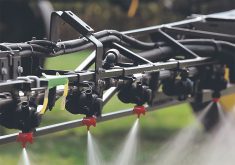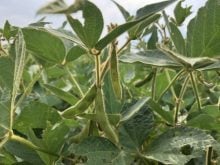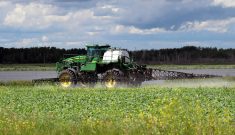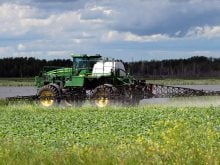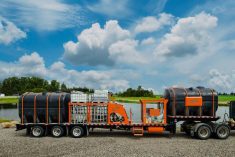Producers are eager to adopt DIY aerial spraying, but a slow, careful approach if warranted, says sprayer expert
A number of farmers across Western Canada are using unmanned drones to spray crop protection products, and they’re doing it undeterred by a lack of regulatory approval, say ag drone experts.
Markus Weber, president of Alberta-based LandView Drones, sells drones for agricultural applications, including crop spraying. Up until a few years ago, farmers were primarily buying his drones for landscape imaging to check for field fertility issues, among other uses.
Related story: Delays on drone spraying approvals frustrates farmer
Read Also
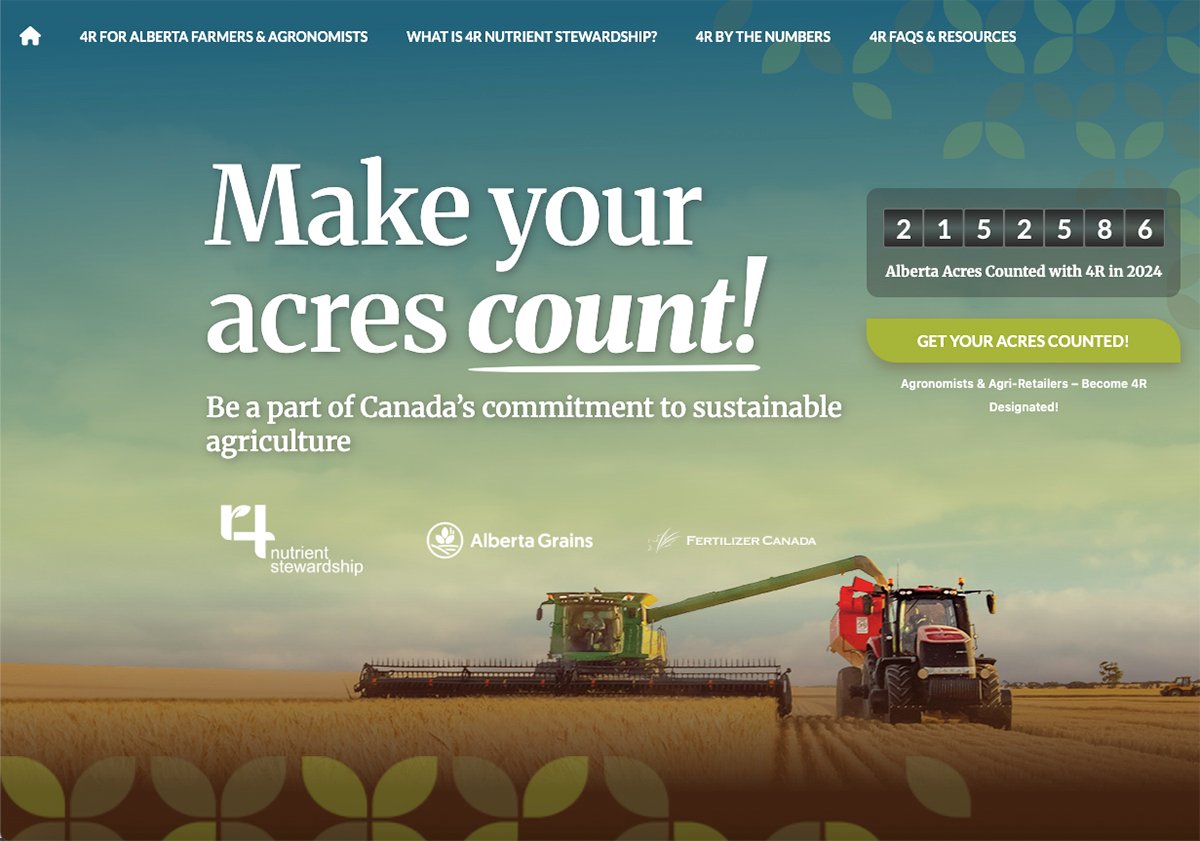
Fertilizer Canada-led campaign highlights environmental stewardship
Make Your Acres Count campaign aids Alberta farmers in getting recognized for their environmental stewardship in their crop production.
That all changed when he began selling drones specifically designed for spraying.
“It’s changed the nature of the business,” said Weber, who’s been selling drones (otherwise known as unmanned aerial vehicles or UAVs) since 2015.
“Farmers are somewhat skeptical about the profit potential from imaging drones, and that’s not the case at all for spraying drones.”
However, spraying via drone means risking fines of up to $10,000 from the Pest Management Regulatory Agency.
By using crop protection products “off-label,” producers also run the risk of losing the support of chemical companies.
“When the product is being applied off-label, they won’t stand behind the product,” Weber said.
Drones also fall under the auspices of Transport Canada, which has defined agricultural drones as an aircraft and approved them for use, provided the operator achieves a special flight operation certificate.
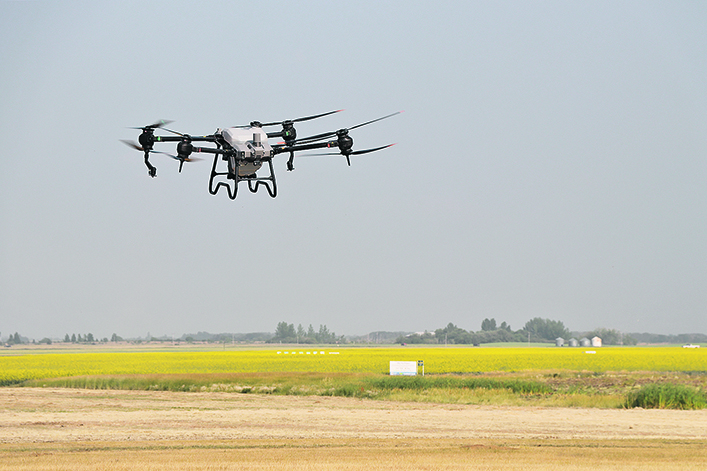
However, Weber said the PMRA has been slow to come to the table on the pesticide application end.
“They decided that the drone — even though it’s regulated as an aircraft by Transport Canada — is not an aircraft for the sake of pesticide application labels. We’ve been waiting many years for that to change.”
Currently, three pest control products are registered for use in drones — all restricted-use microbial products for mosquito control.
That’s far different from what farmers are using them for. Weber said that across North America — and particularly in the United States where spraying with drones is legal — the biggest farm use of ag drones is fungicides on corn. This is partially due to difficulties reaching some parts of the field with ground sprayers.
As far as Canadian farm use cases are concerned, the largest is brush control on pasture, he said. Desiccation of pulses and canola has become another major use.
“We saw some of that use last fall, for sure.”
The reasons for buying an ag drone vary among customers, but Weber said the biggest motivator is cost.
“Many of my customers don’t have a high clearance sprayer and they need to apply fungicide to protect their crop. They don’t have access to an aerial applicator in the area.
“They’re buying the drone because it is such a low hardware cost. A complete package is about $40,000. Even if you buy, say, a 1988 model high clearance sprayer, you’re still spending several hundred thousand dollars for that unit.”
Tom Wolf, owner of Agrimetrix Research and Training and noted sprayer expert, said it’s the responsibility of crop protection companies to make the case for approval to PMRA, and some are in the process of that.
He also said the PMRA is right to put drone sprayers under the microscope.
“They’re nothing like anything we’ve ever seen before in terms of how they spray, how they deposit the spray, how they’re operated. They’re not like helicopters. They’re not like fixed-wing aircraft,” he said.
“I can see the frustration because other countries have approved it and it seems to be working alright. So why is everyone else doing it and we’re not? That’s the frustration. And I would say the answer to that is we’re a little bit more cautious.”
At such a relatively low price, farmers may be tempted to buy more than one drone, said Wolf. However, they’ll likely need to hire extra operators who know how to pilot them, adding they’re four times less productive than high clearance sprayers.
“If you were going to spray your farm with it right now, the cost effectiveness is definitely there, but the labour effectiveness is not. You cannot do this on your own with multiple drones to compete with the ground sprayer. You just can’t.”
Wolf’s own research has revealed other aspects of drone spraying that may not make it ready for the field.
A big one is drones’ potential for spray drift into other farmers’ crops or sensitive areas. Essentially, smaller tanks mean lower water volumes. This leads to smaller spray droplets that are more likely to drift.
“The drones, by necessity, will be spraying low water volumes. A ground sprayer will be spraying five to 10 U.S. gallons for herbicides. The drones will likely be spraying two (gallons).
“These drones are somewhat limited in what droplet size you can produce. You will have to produce a smaller droplet in order to get adequate coverage with lower water volumes.
“I don’t see a way around that. You don’t have that coarse or very coarse or even extremely coarse spray categories available to you for low water volume drone spraying.”
He’s also not happy about the pattern uniformity he’s getting in the field.
“When you have a 120-foot ground sprayer boom, we can reasonably expect to be within 10 or 20 per cent of the dosing along that boom.
“For a drone, we are nowhere near that. We are seeing large fluctuations in deposit. We have sharp peaks and deep valleys in that distribution pattern. And it is challenging to make it better.”
The PMRA requires four categories of information before deciding to approve a submission for a pesticide application method: drift, efficacy, maximum residue limits and operator and bystander exposure.
That last category is one of ongoing concern to the PMRA, said Ross Breckels, who serves as chair of a PMRA working group dedicated to drones.
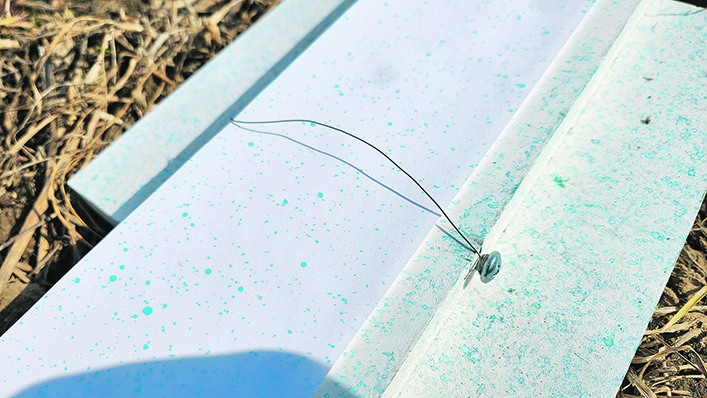
Drones’ relatively small tanks require 10, sometimes up to 20 refills of pesticide per day depending on the extent of the operation, he said. That means more pesticide handling risk compared to other application methods.
When considered along with the frequency of battery recharging and replacement, this may present a high level of product exposure to the operator, he said.
Applicants must also ensure that on-label personal protective equipment is sufficient to protect pilots and bystanders from exposure.
“The reason why we need to have all the different data requirements is because drones are a different application technique,” said Breckels.
“And under the Pest Control Products Act, we need to be sure we’re going to have a relative degree of certainty that they’re safe to both the environment and human health and also that they are effective.”
Breckels couldn’t comment specifically on the current status of registration submissions but said the regulator has had fewer submissions than one might think, given the popularity of the units.
The PMRA recognizes that drones could be a “very useful tool” for pesticide application, he added.
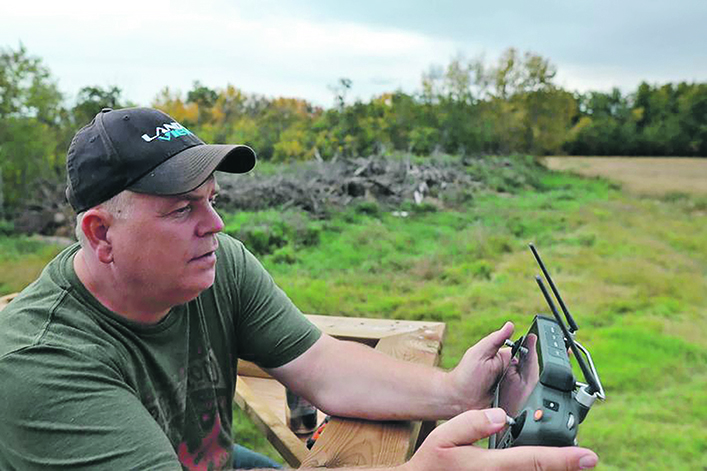
“We’re certainly not against putting them on the label. We have these data requirements that we need fulfilled before we can put them on label. But once we have those data requirements, then hopefully we can get more drones on more labels.”
Wolf doubts drones will be used for spraying entire crops any time soon but said they could find their niche as complementary spraying tools for reaching areas in pulse crops – for example – inaccessible to ground sprayers.
It could also be something outside of ag entirely.
“Right now, the products that are likely to be registered are industrial herbicides, so things for rights of way, rangeland and remote areas where it’s difficult to put a wheeled vehicle.
“They actually make terrific sense there.… They can get through a canopy a little better and get the spray where it belongs.”




